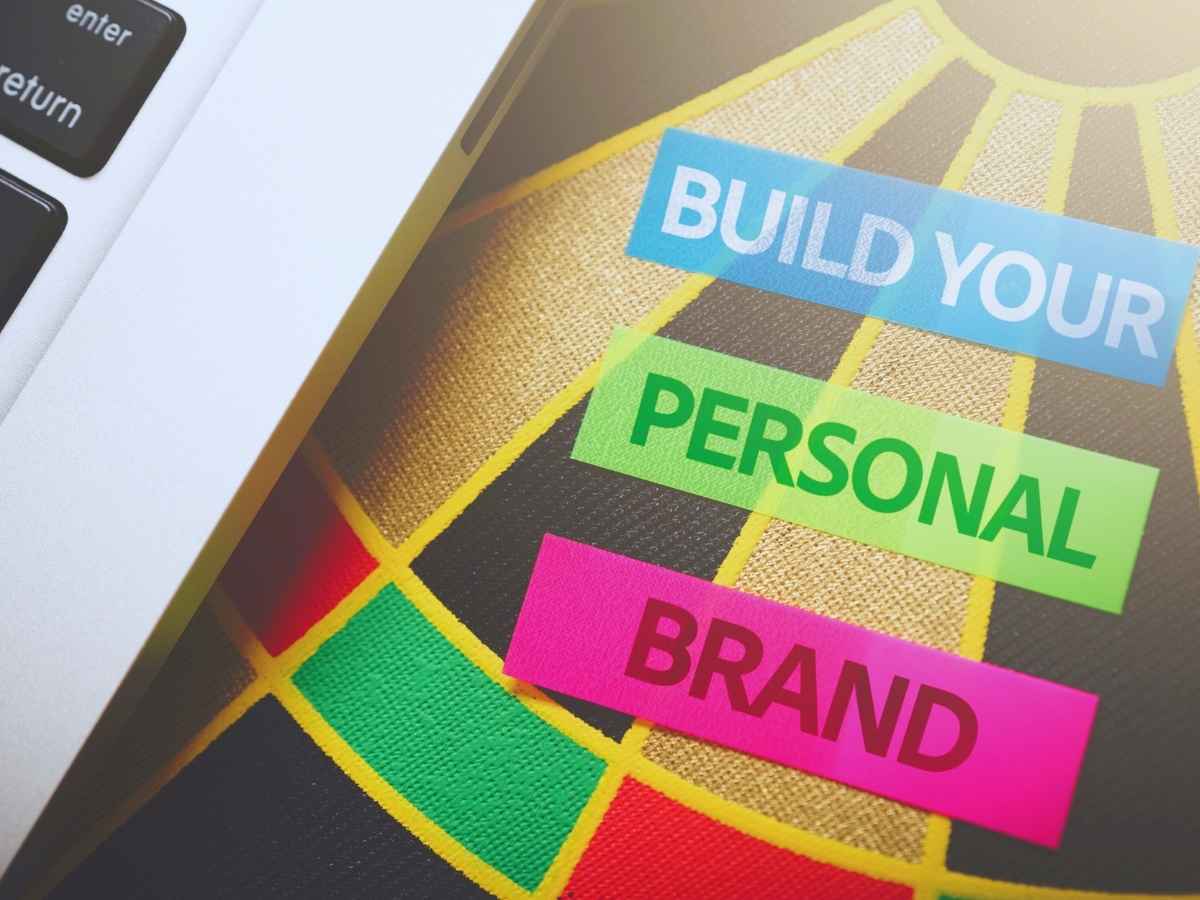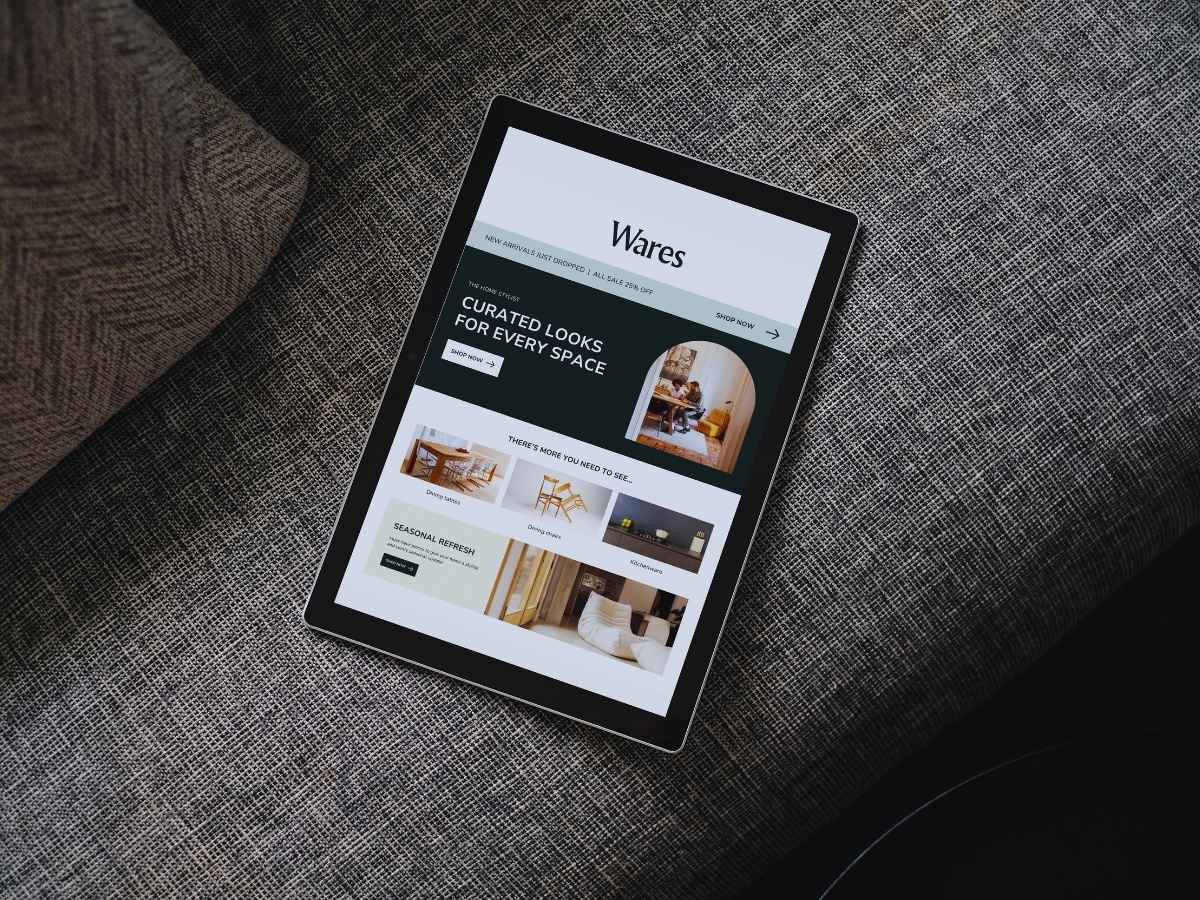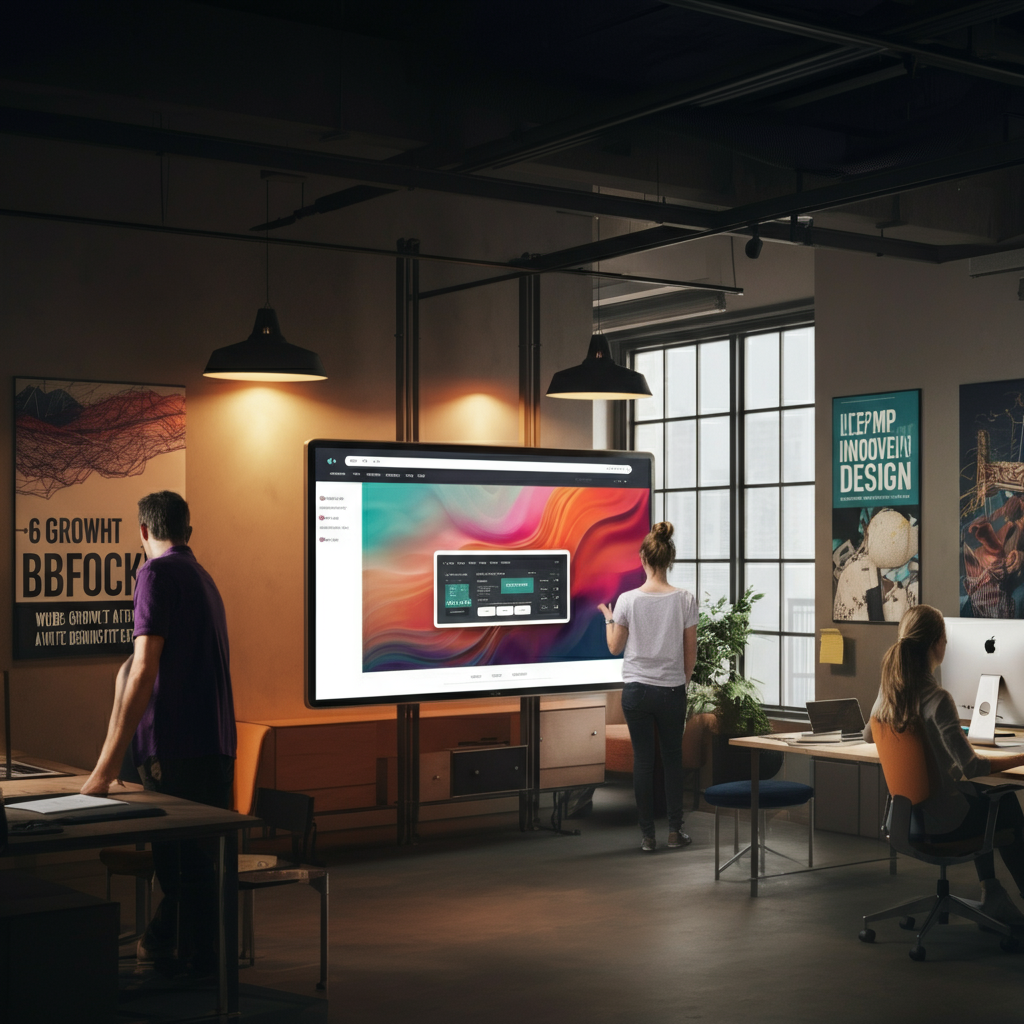Your logo is far more than just an image. It’s the face of your business, the symbol people will associate with your values, and the visual shorthand for everything your brand represents. Getting it right is critical.
Whether you’re launching a new startup or rebranding an existing business, this guide will walk you through the steps to create a logo that perfectly aligns with your brand identity and resonates with your audience. From understanding logo types to avoiding common pitfalls, we’ll break down the essentials to empower you to make informed decisions.
By the end, you’ll know exactly how to choose a logo that communicates your brand’s story and sets you apart from the competition.
Why Your Logo Matters More Than You Think
A logo is often the first interaction someone has with your brand, and first impressions? They matter. Studies show that it takes just 50 milliseconds for people to form an opinion about your brand based on visual elements, including your logo. That’s why your visual branding strategy needs to be on point.
Think of some iconic logos like Apple, Nike, or Airbnb. These designs don’t just stand out; they create an emotional connection with their audiences and reflect the values and identity of their brands. A great logo isn’t just memorable; it’s a strategic tool that builds trust, fosters recognition, and drives brand loyalty.
The key takeaway? Your logo isn’t just a design choice; it’s a business decision that directly affects how people perceive your brand.

Understanding the Types of Logos
Before you jump into the design process, it’s crucial to know the different types of logos out there. Each serves a distinct purpose and works best for specific kinds of businesses.
1. Wordmark
A wordmark logo focuses solely on the business name in a stylized font. Think of Google or Coca-Cola. This type works best if your brand name is unique and easily recognizable.
2. Lettermark
Lettermark logos use initials rather than full names, making them ideal for brands with long or complex names. IBM and HBO are classic examples.
3. Brandmark or Symbol
These logos use an icon or symbol to represent the brand, like Apple’s iconic apple or Twitter’s bird. They’re highly effective for companies that want a visual marker, but they require strong brand recognition.
4. Combination Mark
A combination mark combines a wordmark or lettermark with a brandmark. Think Adidas or Lacoste. This type offers flexibility since you can use the text and symbol either together or independently.
5. Emblem
An emblem integrates text into a symbol or icon, creating a unified design. Starbucks is a great example. This style is sophisticated and often gives a vintage feel.
Deciding on the right type of logo depends on your brand’s personality, values, and the message you want to convey.
The Psychology of Logo Colors and Shapes
Did you know that color and shape can influence how people perceive your brand? It’s true. Understanding the psychology behind these elements can help you design a logo that aligns with your branding goals.
The Impact of Color
Colors evoke emotions and shape perceptions. For example:
- Blue suggests trust and professionalism, which is why it’s used by companies like Facebook and LinkedIn.
- Red conveys energy and passion, making it popular for brands like Coca-Cola and Target.
- Yellow exudes optimism and warmth. Think McDonald’s golden arches.
When choosing your logo’s colors, consider how you want your audience to feel when they interact with your brand.
The Influence of Shapes
The shapes in your logo also communicate specific qualities:
- Circular logos (e.g., Pepsi) are associated with community, harmony, and inclusivity.
- Angular logos (e.g., Adidas) suggest strength, stability, and innovation.
- Abstract shapes allow for creative expression and are often used by tech companies.
By strategically combining the right colors and shapes, you can create a logo that leaves a lasting impression.
DIY vs. Professional Logo Design
When it comes to designing your logo, you have two primary options: going the DIY route or hiring a professional designer or agency. Which is better? That depends on your goals, budget, and needs.
DIY Tools
Platforms like Canva, Looka, and Tailor Brands offer affordable and easy-to-use interfaces for creating logos. These are great for startups with minimal budgets, but they can lack the polish and customization a professional brings to the table.
Professional Designers
A professional logo designer or branding agency provides custom designs tailored to your company’s goals and values. While it’s a bigger investment, the results are often more versatile, scalable, and aligned with your brand strategy.
For long-term success, especially if you’re building a brand that could grow significantly, investing in a professional logo is often the better choice.
Logo Design Tips for Businesses
Regardless of who designs your logo, these tips will ensure your visual branding is strong from the start:
- Keep it simple: Overly complex logos are harder to recognize and remember. Aim for clarity and simplicity.
- Make it versatile: Your logo should look great in black and white as well as color and work seamlessly across different mediums like websites, business cards, and signage.
- Reflect your brand: Ask yourself if your logo truly embodies your values and personality. A minimalist design may not work if your brand identity is bold and extravagant.
- Test responsiveness: Make sure your logo is effective on both small mobile screens and large banners.
How to Choose the Right Designer or Tool
If you decide to work with a designer or agency, here are some questions to ask:
- What’s in your portfolio? Look for designers with experience in your industry.
- What’s your process? Understanding how they work can provide insight into whether they’re a good fit.
- How many revisions are included? Clarify this upfront to avoid surprises.
- Who owns the rights to the logo? Ensure you’ll have full ownership and licensing of the final design.
If you prefer using a tool, software like Adobe Illustrator and advanced AI-powered platforms like Looka can help you experiment with various styles.

Common Logo Mistakes to Avoid
Finally, avoid these pitfalls to ensure your logo stands out for the right reasons:
- Following trends too closely: They may make your logo look dated in a few years.
- Copying competitors: It confuses your audience and can create legal issues.
- Overloading with fonts and colors: Stick to one to two fonts and a cohesive color scheme.
- Ignoring scalability: Your logo should be adaptable in various sizes.
Start Building Your Brand
Your logo isn’t just a design; it’s a strategic tool that communicates your brand’s values, personality, and vision. By following the steps in this guide, you can create a logo that’s not only beautiful but impactful and timeless.
Need help crafting the perfect logo? Connect with our team of design experts to start your branding journey today.





